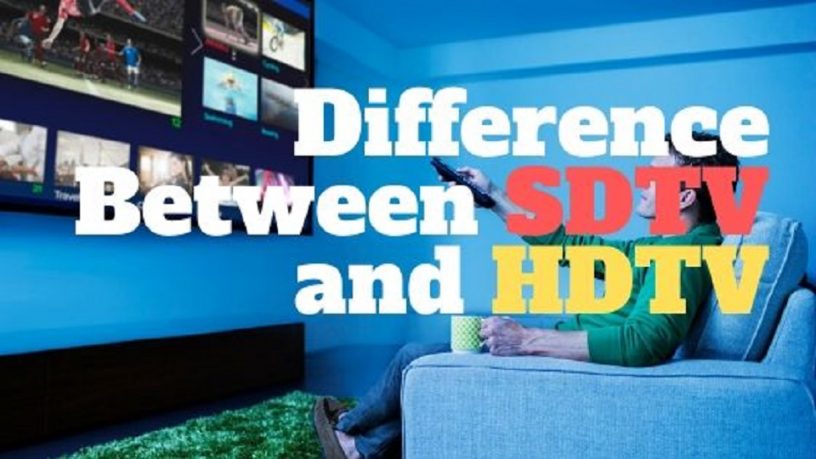Last updated on January 23rd, 2024 at 02:33 am
Standard Definition TV Explained
Standard-definition television is typically available in 480i or 480p resolutions.
480p is sometimes called EDTV or enhanced-definition television, or extended-definition television.
In terms of pixels, it is 640 x 480.
With this resolution, the closer you get, the more pixelation you see.
High-Definition TV Features
TVs with resolutions ranging from 720p, 1080i and 1080p are called HDTVs.
Any TV with a resolution lower than the above is called SDTV or Standard Definition TV as explained above.
720p
For 720p, the pixel arrangement is 1280 x 720. The p in 720p stands for progressive scanning and the aspect ratio supported by 720p is 16:9.
This is the entry-level HD quality and is usually described by TV manufacturers as HD-ready or simply HD.
The other HDTV is one with a pixel arrangement of 1920 x 1080. This TV is known as 1080p or Full HDTV or it can be 1080i which is not Full HD.
Read the difference between 1080i and 1080p video.
Interlaced and Progressive Video
The i means interlaced and the p means progressive.
In the interlaced scanning mode, the lines of a single image frame are broken down into two parts.
A picture is displayed by projecting a set of alternate lines followed by another set of alternate lines.
For example, lines 1, 3, 5, 7, 9, and so on are displayed first followed by 2, 4, 6, 8, 10, and so on.
The interlacing happens so fast that it’s not visible to the naked eye.
In the progressive scanning mode, all the lines are displayed in a single go or simultaneously.
The difference between interlaced and progressive can be seen in fast-action videos like sports and action movies, where the latter provides a better viewing experience.
SDTV vs HDTV : Aspect Ratio Comparison
Aspect ratio is the display width and height ratio of an image.
SDTV in 480i and 480p has an aspect ratio of 4:3.
SDTV 480p with a resolution of 720 x 480 (DVD resolution) is available in 16:9, however.
The other HDTV formats – 720p, 1080i. 720p and 1080p are available in the 16:9 aspect ratio.



